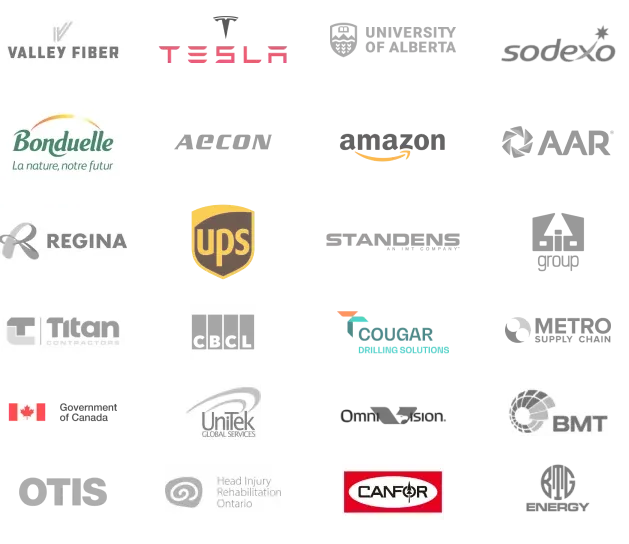Find Safety Training for Your Job
Get the exact safety certifications Canadian employers require. Choose your job below to see customized training bundles that prepare you for real workplace hazards.
Why Job-Specific Safety Training Matters
Every job has unique safety requirements. While a truck driver needs Hours of Service training, an office worker needs ergonomics. We've analyzed 40+ Canadian job types to create bundles that give you exactly what you need – nothing more, nothing less.
Bundles cost less than buying courses individually
Only take the training relevant to your specific job
Get the exact certifications companies require
Certificates meet Canadian OHS requirements
How It Works
Get certified in 3 simple steps
Select your current or desired position from our comprehensive list of Canadian jobs below
Choose between Essential (core requirements) or Enhanced (comprehensive preparation) bundles
Complete your training at your own pace and download certificates immediately upon completion
Choose Your Job Category
Select from Canada's most in-demand positions
Office
5 positions • 2 bundle options each
Administrative Assistant Office Assistant Receptionist Office Manager Data Entry ClerkConstruction
6 positions • 2 bundle options each
Construction Worker Electrician Plumber Carpenter Welder Heavy Equipment Operator👷 Peak hiring: March-September
Truck Driver
4 positions • 2 bundle options each
Truck Driver (Long-Haul) Delivery Driver Transport Driver Float Truck Driver📈 25,000 driver shortage nationwide
Healthcare
4 positions • 2 bundle options each
Nurse Healthcare Lab Technician Pharmacy Assistant🏥 Critical shortage - high demand
Warehouse
4 positions • 2 bundle options each
Warehouse Worker Forklift Operator Shipping Clerk Inventory Clerk📅 Peak hiring: October-December
Factory
4 positions • 2 bundle options each
Production Worker Machine Operator Assembly Worker Quality InspectorMechanic
3 positions • 2 bundle options each
Automotive Mechanic Heavy Equipment Mechanic Maintenance TechnicianWith many years of experience, thousands of companies working with us, and an open ear for our customer's feedback, we ensure a user-friendly environment so that anyone with an internet connection can benefit from our services.


* All safety training bundles include certificates that meet Canadian OHS requirements.
* Certificate validity periods vary by course type.
* Bundle pricing reflects 25-30% savings compared to individual course purchases.